The upgrade allows the observatory to detect signals from collisions between black holes every two to three days, compared to once a week or longer as before.
The gravitational waves that LIGO detects are created by massive, fast-moving objects that stretch the fabric of space as they move. Since LIGO began operating in 2015, the observatory has recorded about 90 gravitational wave events, most of which originate from the spiraling motion of pairs of black holes in the process of merging into one.
Observatory detects black hole collisions
LIGO consists of two detectors, or interferometers, located in Washington and Louisiana. The interferometer splits a laser beam into two and reflects it back and forth between two mirrors placed at the ends of two long vacuum tubes. Each tube is 4 km long and arranged perpendicularly in an L shape. At the intersection of the two tubes is a sensor.
In the absence of any disturbances to space, the oscillations of the beams would cancel each other out. But if space is stretched by gravitational waves, the distance between the laser beams in the two pipes must move, so they do not overlap perfectly, and the sensor will detect this "phase shift".
The amount of stretching that gravitational wave events put on the pipes is typically only a fraction of the width of a proton. For the sensor to be able to record such small changes requires isolating the system from noise from the environment and from the lasers themselves.
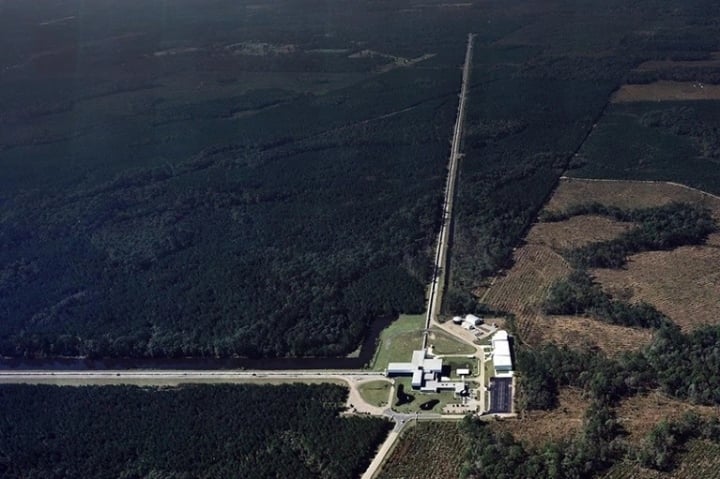
The LIGO observatory consists of two identical interferometers in Washington and Louisiana (USA), each interferometer is made up of two 4 km long pipes arranged in an L shape. (Photo: Xinhua/Caltech/MIT/LIGO Lab)
During an upgrade before the observatory's 2019-2020 launch, scientists reduced the noise using a technique called "light squeezing."
This technique is intended to reduce noise from the laser light itself. Light is made up of individual particles, so when the laser beams reach the sensor, individual photons can arrive before or after, causing the laser waves to not overlap and cancel out completely even in the absence of gravitational waves.
The “light-squeezing” technique introduces an auxiliary laser beam into the interferometer, with more uniform and less noisy photons, to reduce this effect, explains Lee McCuller, a physicist at the California Institute of Technology.
There is no perfect measurement
But due to the strange rules of quantum mechanics, reducing the uncertainty in the arrival time of the photons increases random fluctuations in the intensity of the laser waves. This causes the lasers to push against the mirrors in the interferometer and cause them to wobble, creating another kind of noise that reduces their sensitivity to low-frequency gravitational waves.
“This is a beautiful phenomenon of nature, showing that we cannot make an absolutely precise measurement, when fine-tuning at one point comes at a cost at another point,” said Nergis Mavalvala, an experimental physicist at MIT.
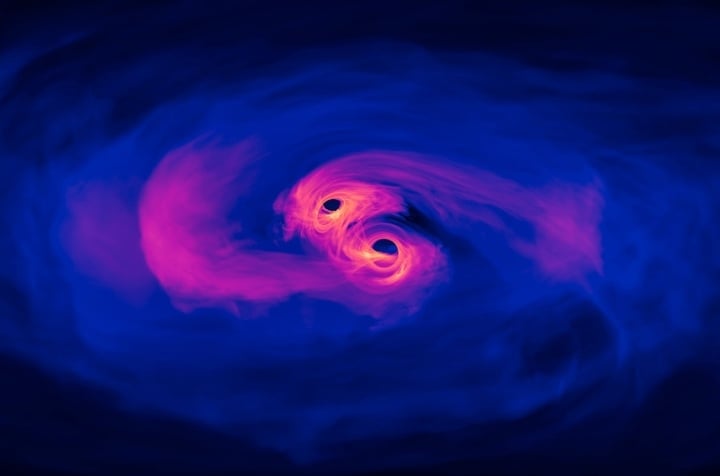
Simulation of two black holes colliding and merging into one. (Photo: NASA'S Goddard Space Flight Center)
The upgrade from 2020 to now aims to address this issue. Scientists have built additional 300-meter-long vacuum tubes, with mirrors at both ends, to store the auxiliary beam for 2.5 milliseconds before feeding it into the interferometer. The role of these tubes is to adjust the wavelength of the auxiliary laser, reducing noise at high frequencies while reducing mirror vibration at low frequencies.
With this improvement, researchers will be able to extract more detailed information about how black holes generate gravitational waves, including how each black hole spins on its axis and how they revolve around each other. This means that Albert Einstein's general theory of relativity — which predicts the existence of both black holes and gravitational waves — will be tested more rigorously than ever before.
Astrophysicists also predict that gravitational waves will reveal other types of signals besides those from black hole collisions and mergers, such as the gravitational signature of a collapsing star before going supernova. Scientists also hope to detect gravitational waves from the surface of a pulsar, a rotating neutron star that emits pulses of radiation.
(Source: Zing News)
Useful
Emotion
Creative
Unique
Source


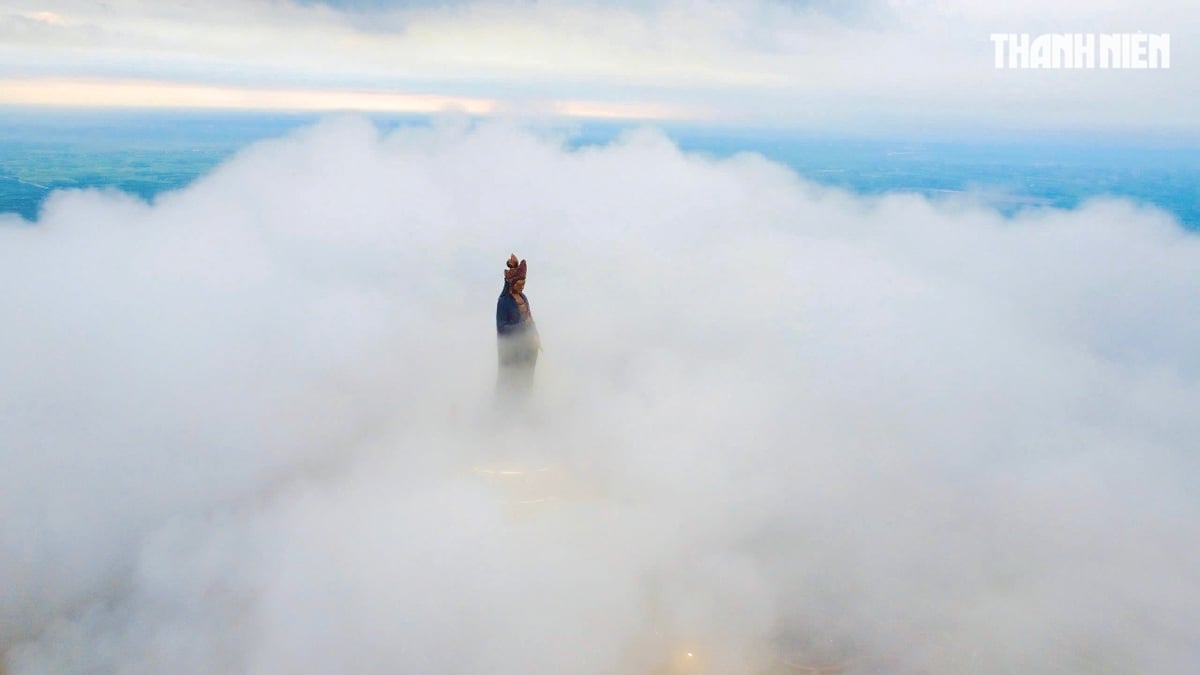

![[Photo] Prime Minister Pham Minh Chinh chairs a meeting on the implementation of the Lao Cai-Hanoi-Hai Phong railway project.](https://vphoto.vietnam.vn/thumb/1200x675/vietnam/resource/IMAGE/2025/5/20/0fa4c9864f63456ebc0eb504c09c7e26)







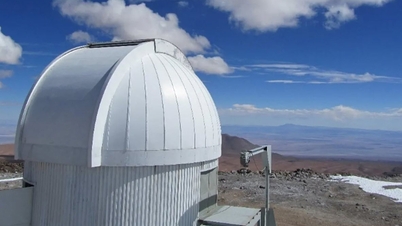







































































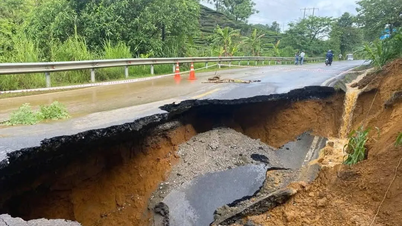

















Comment (0)